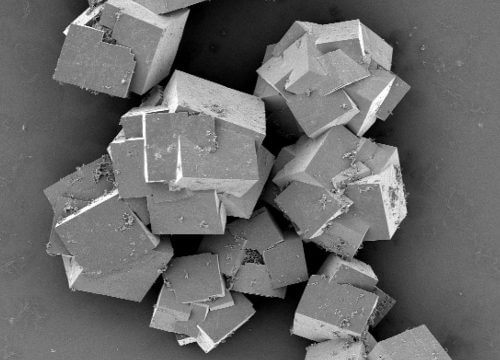Researchers have succeeded in developing an innovative method for separating deuterium using a special family of organic materials whose pore sizes change due to gas adsorption

[by Dr. Nachmani Moshe]
Updated research carried out by an international team of researchers led to the development of an innovative separation method for deuterium, using a special family of organic materials whose pore dimensions change due to gas adsorption. The innovative method allows deuterium atoms to flutter out of the nozzles of the material at a faster rate than hydrogen atoms, following the adsorption of the hydrogen gas. The study, which has long been published in the scientific journal Journal of the American Chemical Society, demonstrated that the dynamic changes in the diameter of the nozzles can provide a great opportunity for the separation of mixtures containing molecules with similar structures or sizes that require precise tuning of the nozzle diameter.
Flexible 'Metal-Organic Frameworks' (MOFs) belong to a unique group of materials that show a dynamic change in the diameter of the nozzles inside them, following an external stimulus. In these materials, the adsorption or desorption, the changes in temperature and even the mechanical pressure applied to them, cause the diameter of the nozzles to expand or contract, a process similar to the breathing mechanism.
![The 'breathing' mechanism (expansion and contraction) of the porous material MIL-53(Al) [Courtesy: UNIST]](https://www.hayadan.org.il/images/content3/2018/01/deuterium-500x206.png)

2 תגובות
alas I hope the North Koreans haven't heard about it.
Hello, I think the research is very interesting